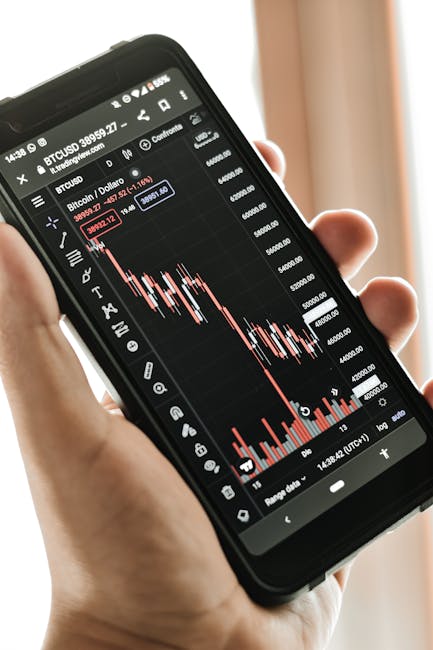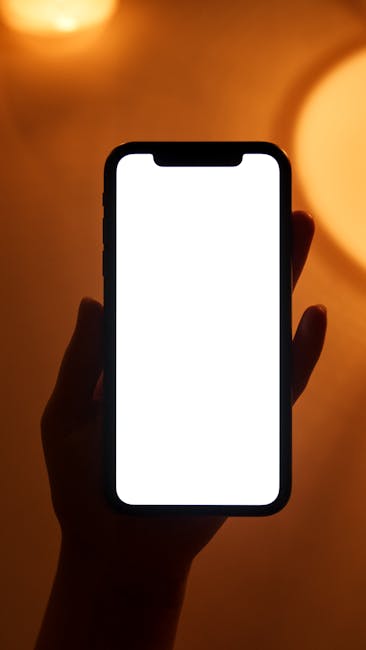The Smartphone Revolution: Foldable Phones Take Center Stage
The smartphone industry is constantly evolving, and foldable phones have emerged as one of the most exciting innovations in recent years. These devices, which can transform from a compact phone into a tablet-like screen, promise unmatched versatility. However, their high price tag has been a significant barrier to widespread adoption. As manufacturers work to reduce costs and improve technology, the big question remains: Can foldable phones become mainstream, and will they win over the crucial business user segment?
The Foldable Dream: A New Era of Productivity
Foldable phones, such as Samsung’s Galaxy Z Fold series and Motorola’s Razr, have captivated tech enthusiasts with their unique blend of portability and productivity. For business professionals, these devices could revolutionize multitasking, presentations, and workflow efficiency. Imagine running multiple apps simultaneously on a larger screen or using a stylus for note-taking and brainstorming—all without carrying a separate tablet.
Despite these advantages, the dream comes at a steep cost. In India, foldable phones often exceed ₹1,50,000, making them inaccessible to most consumers. Even for business users, who are willing to invest in productivity-enhancing tools, the high price is a concern. Additionally, issues like durability, software optimization, and battery life need to be addressed to make these devices truly viable for professional use.
Breaking the Price Barrier: A Path to Mainstream Adoption
The success of foldable phones largely depends on their ability to become more affordable. Industry analysts predict that a 30-40% price reduction over the next two years could significantly boost adoption rates. Companies like Samsung, Oppo, and Xiaomi are reportedly developing cost-effective models to appeal to a broader audience.
In India, where price sensitivity plays a crucial role in purchasing decisions, a more affordable foldable phone could be a game-changer. The country’s tech-savvy population and growing emphasis on digital transformation make it an ideal market for such innovations. However, manufacturers must strike a balance between affordability and quality. A cheaper foldable phone that compromises on durability or performance could damage its reputation and hinder adoption.
Business Users: A Critical Yet Skeptical Audience
Business professionals are among the most demanding smartphone users. Their devices are essential tools for productivity, collaboration, and decision-making. For foldable phones to appeal to this segment, they must offer clear benefits that justify their cost.
One potential advantage is the ability to replace multiple devices with a single foldable phone. For executives who are constantly on the go, this could simplify their tech arsenal and enhance efficiency. Additionally, features like stylus support and app multitasking could make these devices invaluable for business tasks.
However, business users are inherently cautious about adopting new technology. They need assurance that their investment will deliver long-term reliability and performance. Early foldable phones faced criticism for fragile screens and hinge mechanisms, and while manufacturers have made improvements, these concerns still persist.
The Future of Foldable Phones: A Work in Progress
The future of foldable phones hinges on addressing key challenges: cost, durability, and user experience. If manufacturers can significantly reduce prices while maintaining quality, foldables could carve out a niche in the smartphone market. Business users, in particular, could become a vital demographic if these devices deliver on their promise of enhanced productivity.
In India, where technology adoption is rapid and widespread, foldable phones could find a receptive audience—if priced competitively. As the industry continues to innovate, one thing is clear: The foldable phone revolution is still unfolding, and its success will depend on meeting the needs of its most demanding users.
For now, the ball is in the court of smartphone makers. Can they fold the price without compromising on quality? Only time will tell.




